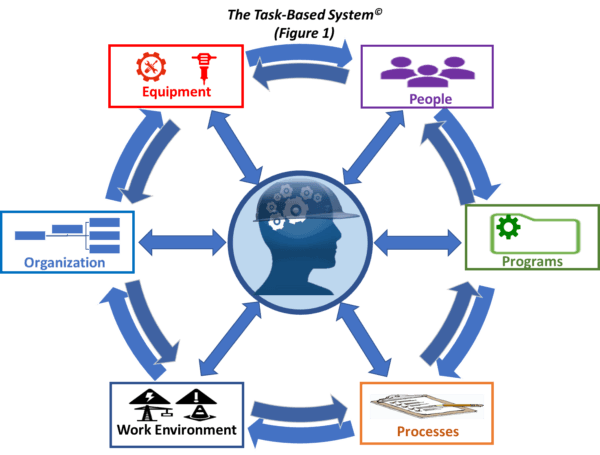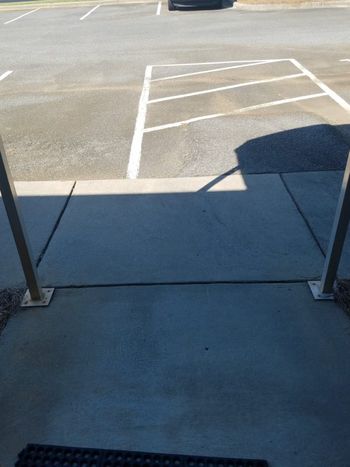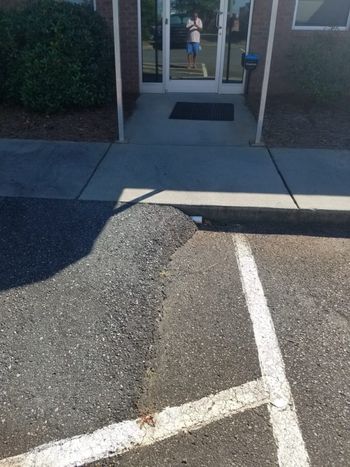This Robservation discusses some of the understandings and misunderstandings of safety, human and organizational performance (HOP) and the overlaps. Specifically, when an organization uses concepts like HOP and safety markedly improves (which is one of the natural outcomes if HOP is done right), what tends to be left are incidents that organizations put into the category of “isolated errors and incidents.” It baffles and frustrates organizations because they spend so much time and get such good results over a short period of time, and then they look around and people are still slipping and tripping, sometimes resulting in falls that produce injuries. Whether same-level falls or falls to a different level, the injuries result when some part of the body forcefully contacts the ground, or weor we twist, sprain, strain, or fracture a body part trying to reduce the impact of the fall. Unfortunately, once organizations get that first set of good results, they sometimes revert to applying blame to the individual for things like slips, trips, and falls.
Let’s revisit what some of the thought leaders have been teaching for a few years now related to safety as an OUTCOME. This opens the door to understanding that some safety outcomes are systemically preventable by the organization and some (<10% if you believe Deming and others) where the individual component is the primary driver. Either way, most of these incidents have a systemic element associated with the outcome, and the organization should make every effort to discover these systemic drivers. Organizations are typically not very good at understanding the difference, or at evaluating the circumstances of a bad safety outcome to determine the systemic drivers, including the individual components. It is not about fault or blame; it is about understanding the conditions and drivers that are associated with an outcome. HOP was never about making organizations ‘error-free.’ It is about preventing some errors that lead to outcomes, reducing the probability of other errors, or mitigating the consequences of the errors you cannot prevent. Initially, upon rolling out the concepts of HOP, organizations tend to see a downturn in the systemically driven incidents because the organization has better risk recognition and mitigation capability by using the concepts. Once the “low-hanging fruit” is understood, then the capability of humans within a system starts to be revealed. The human fallibility associated with distractions, multi-tasking, overconfidence, System 1 thinking, and others, then becomes more obvious. It’s not that it wasn’t there all along, but that the organization had so many other systemic drivers that needed to be discovered and taken care of, that they were always overshadowed as a primary contributor. Using a systems approach ensures that the organization learns everything they can learn, and doesn’t stop at the individual component, even when it seems like that is the easiest thing to do.



